Getting from point A to point B doesn’t always mean hopping in a car or catching a bus. Around the world, people have developed some pretty creative ways to move around—shaped by their geography, culture, and pure human ingenuity.
From floating markets to bamboo trains, these transportation methods prove that necessity really is the mother of invention.
Although newer technology has standardized much of how we travel, these specialized methods still remain in their specialized areas of the world.
Here are 18 unique methods of transportation that show human creativity and adaptation.
Jeepneys
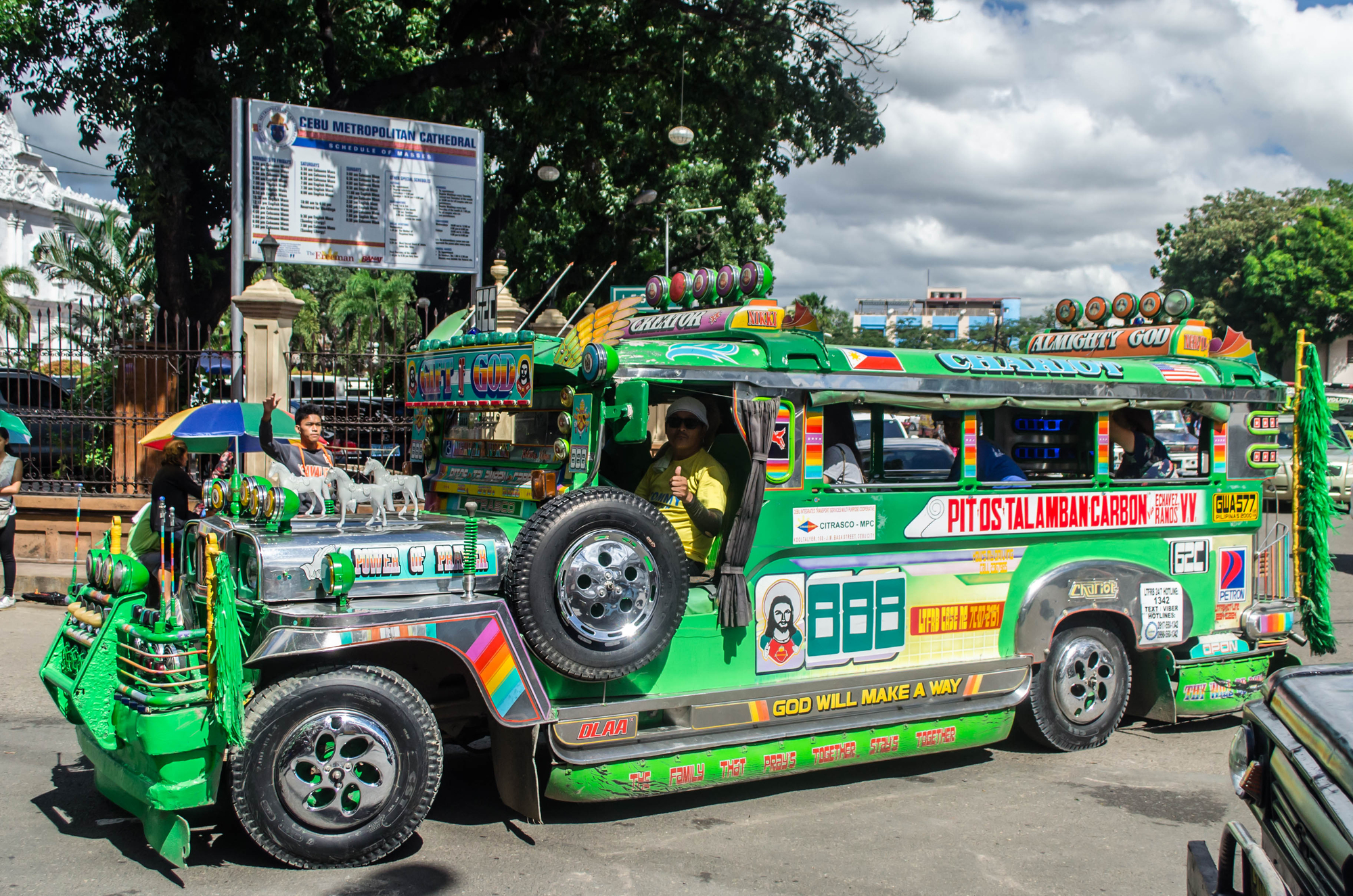
The Philippines’ most iconic ride started as surplus U.S. military jeeps left over from World War II. Filipino mechanics stretched them out, added colorful decorations, then turned them into public transport vehicles that became rolling works of art.
These elongated jeeps get painted in vibrant colors and adorned with everything from religious icons to pop culture references—each one telling its own story.
Bamboo Trains
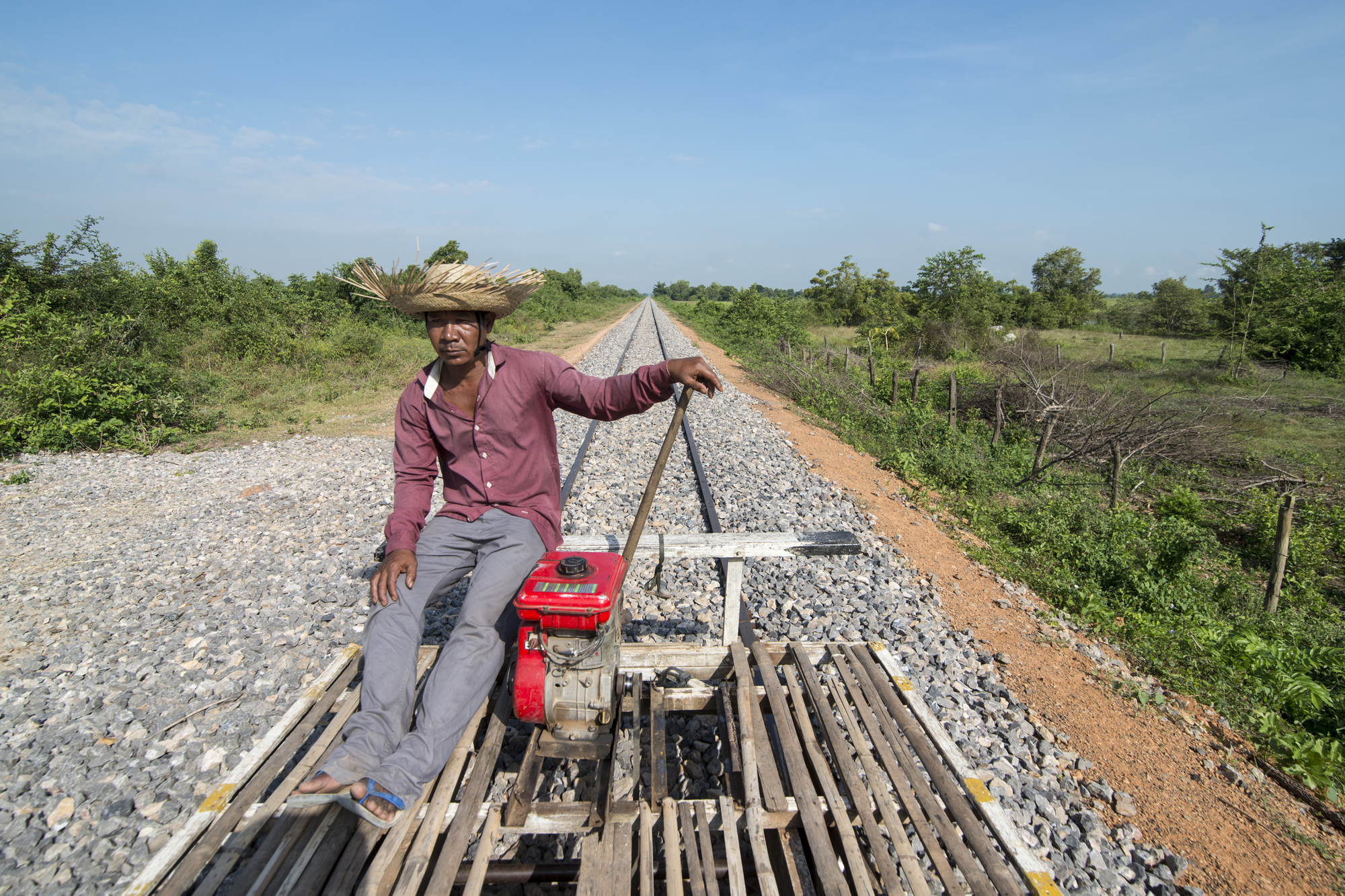
Cambodia’s bamboo trains, called ‘norry’ locally, operate on defunct railway tracks using basic bamboo platforms with small engines attached. Here’s the interesting part—when two trains approach each other, the lighter one gets completely dismantled and lifted off the track.
It’s an organized system of “railway chicken” that somehow works perfectly without accidents.
Tuk-Tuks
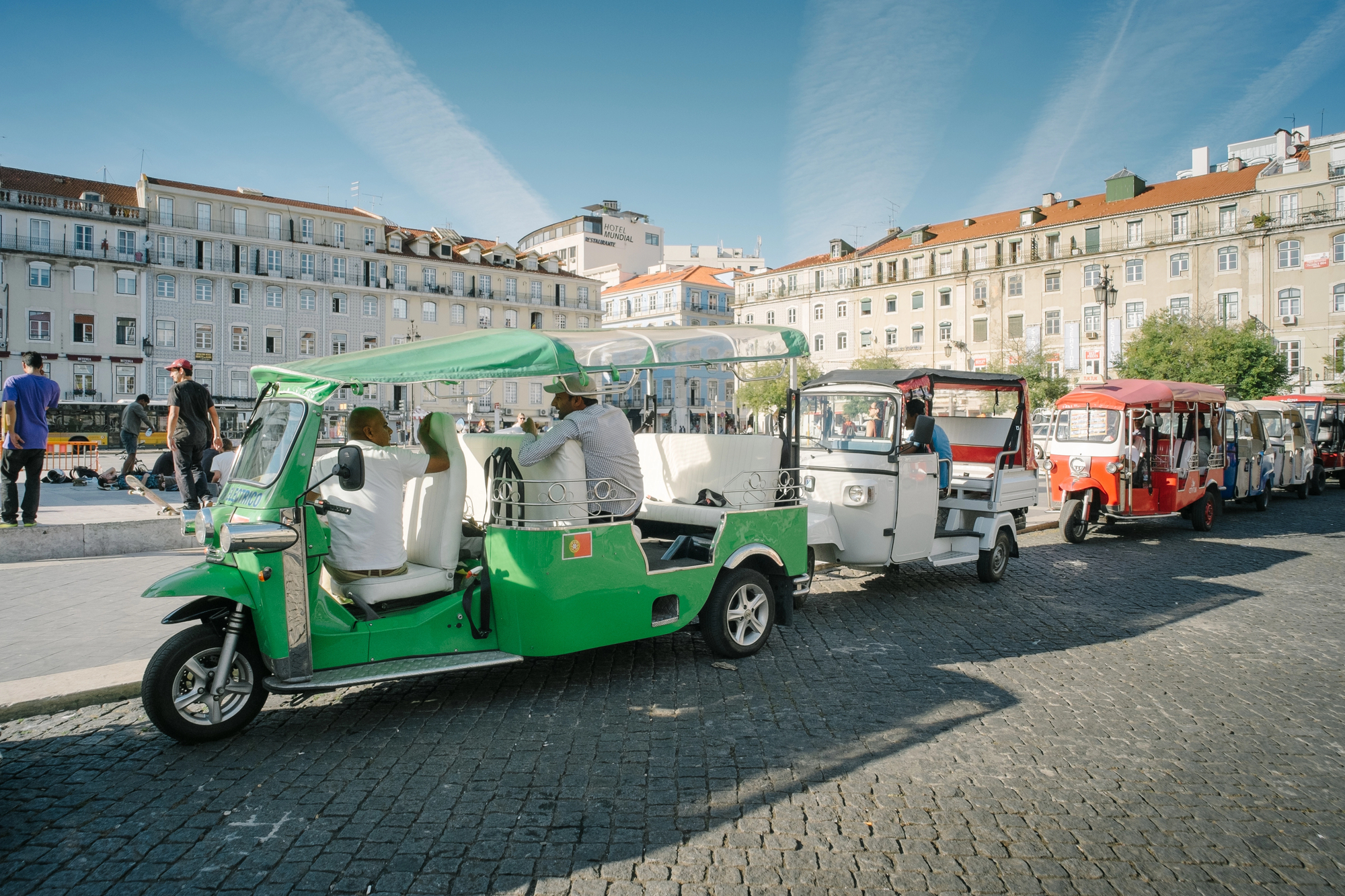
Anyone who’s been to Thailand knows that distinctive put-put-put sound echoing through city streets. These three-wheeled vehicles zip around like mechanical bees, somehow fitting through gaps that seem impossible.
The Italian company Piaggio originally designed them, but Southeast Asia made them their own—turning a simple concept into the backbone of urban transport across the region.
Like Travel Pug’s content? Follow us on MSN.
Cable Cars
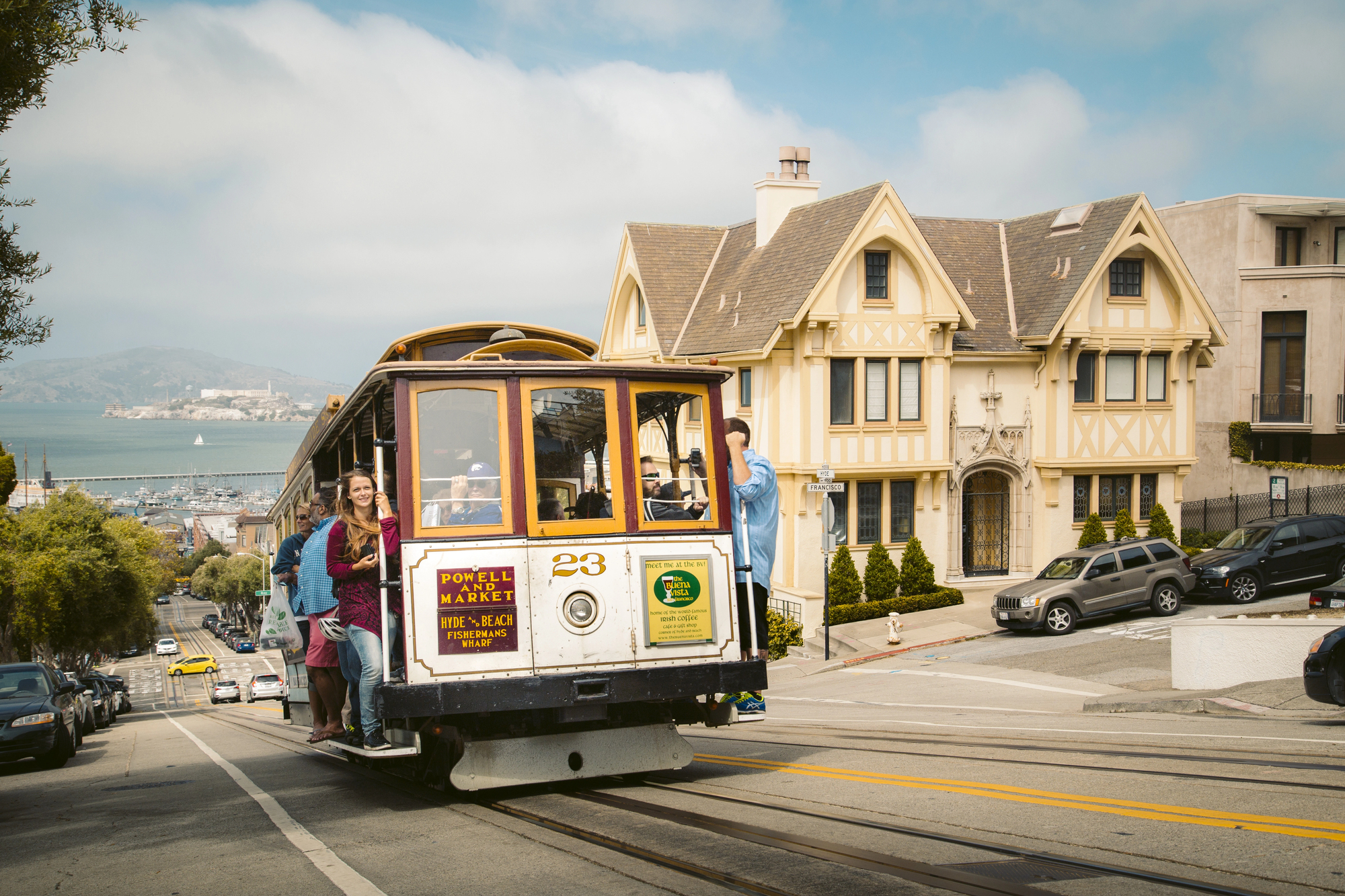
San Francisco’s cable cars aren’t just tourist attractions but legitimate public transport that’s been chugging up those infamous hills since 1873. These cars grab onto continuously moving underground cables, like holding onto a moving walkway that’s buried beneath the street.
The system is so unique that it’s the only mobile National Historic Landmark in the United States—pretty impressive for what’s essentially a very old trolley.
Gondolas
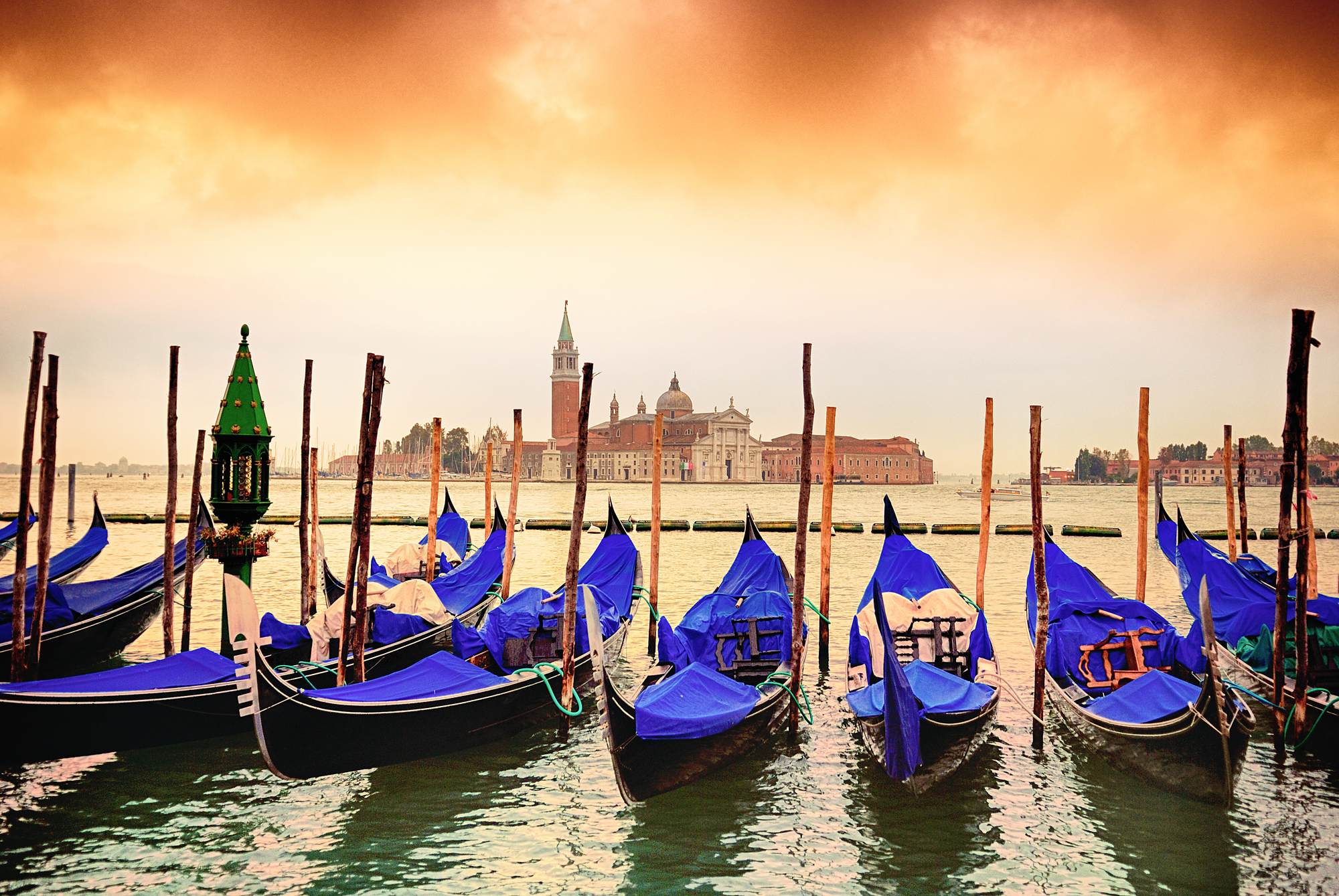
Venice’s sleek gondolas have navigated canal networks for more than a millennium, evolving from basic ferries into the ornate black vessels recognized globally. Each boat gets constructed asymmetrically—deliberately off-balance to compensate for the gondolier’s position and rowing style.
The result? A permanently tilted vessel that somehow travels in straight lines through narrow waterways.
Reed Boats
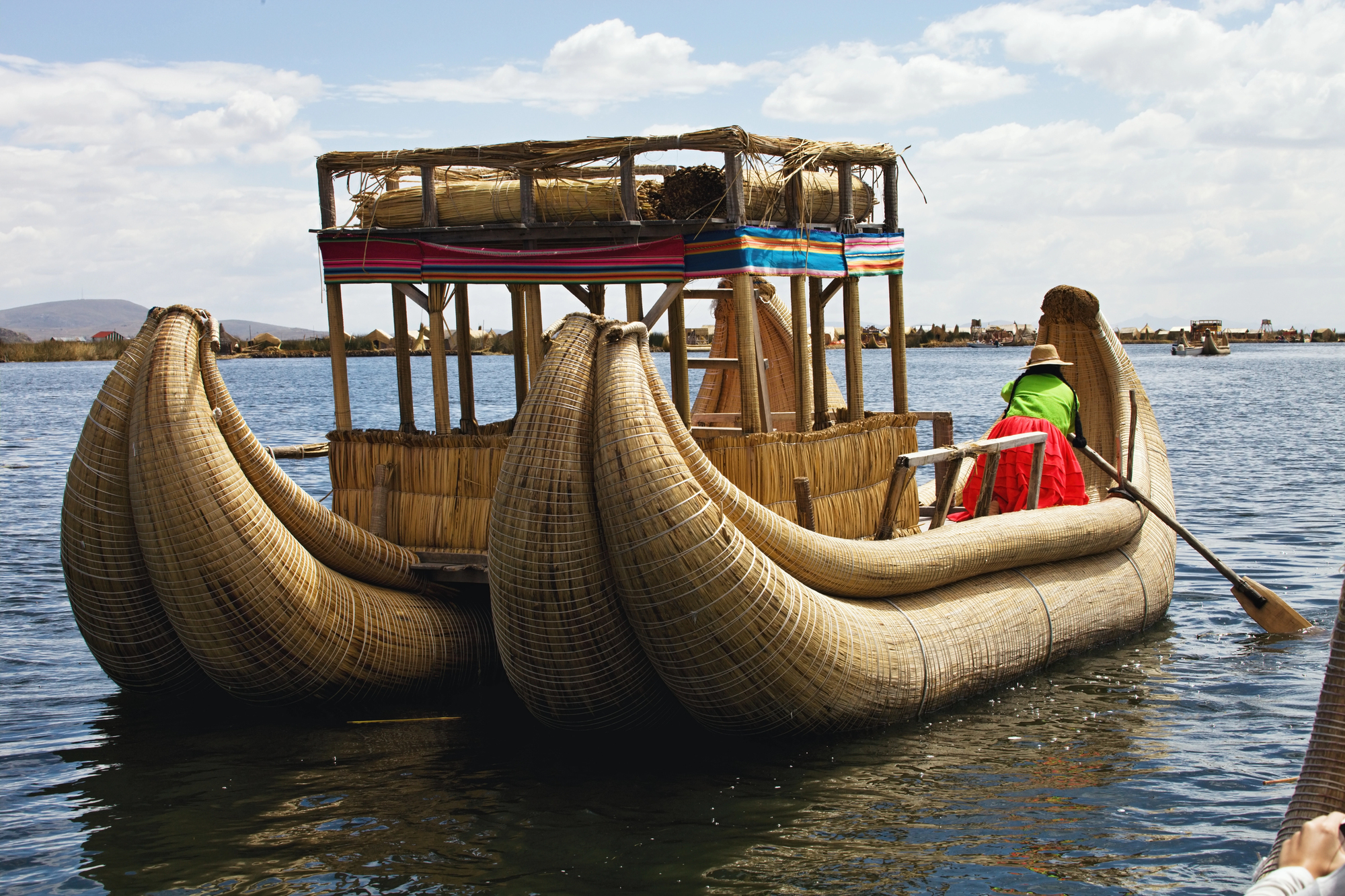
Around Lake Titicaca, spanning Peru and Bolivia, the Uros people construct both islands and watercraft entirely from totora reeds. These golden-colored vessels have crossed high-altitude waters for centuries—yet they’re surprisingly sturdy, capable of supporting heavy cargo loads.
The downside? Reeds absorb water and deteriorate, requiring boat reconstruction every few months as part of the natural cycle.
Like Travel Pug’s content? Follow us on MSN.
Maglev Trains
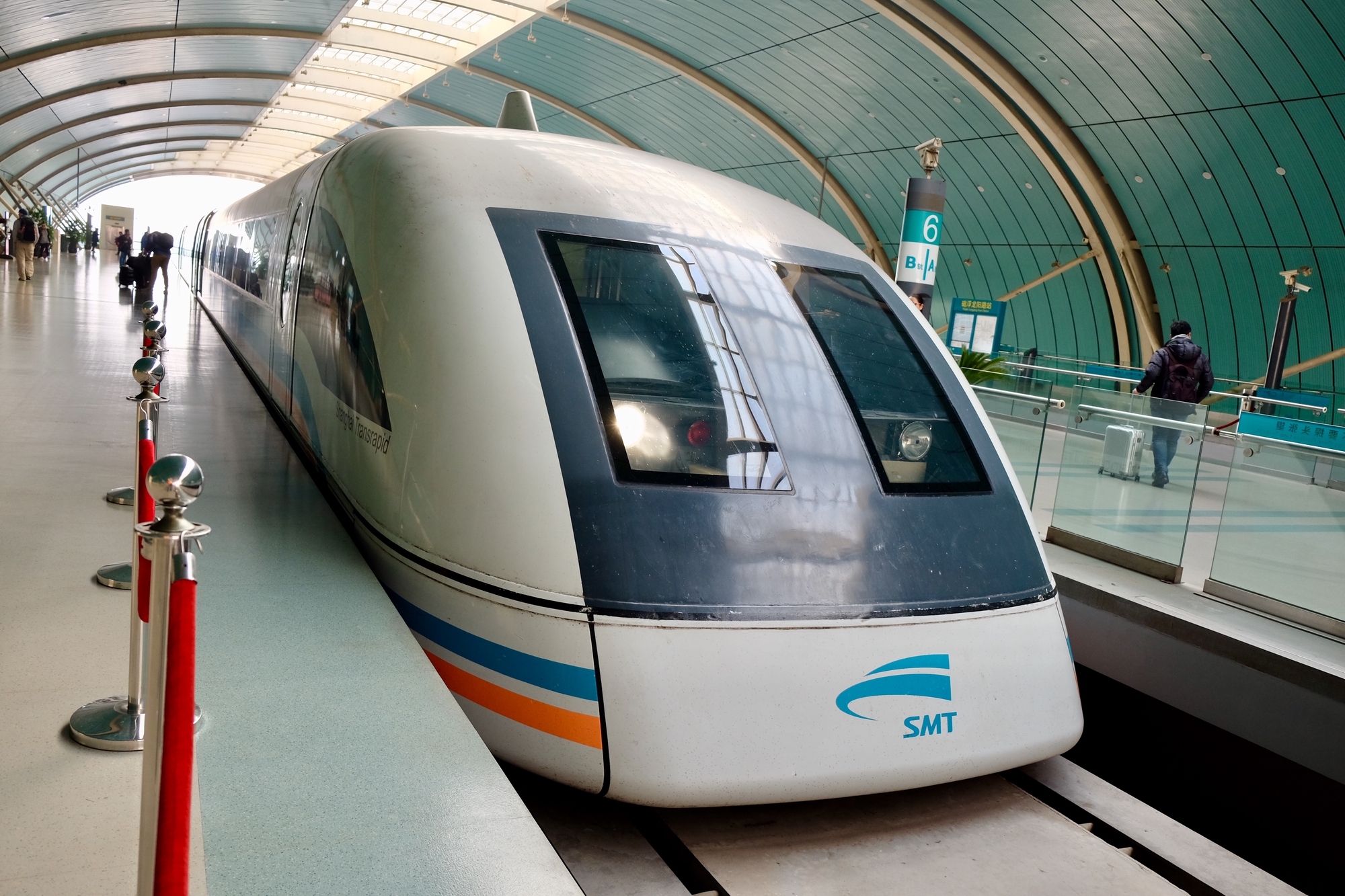
Japan and Germany have basically created real-life magic—trains that float above tracks using electromagnets and zip along at over 370 miles per hour. No wheels touching rails means no friction, which is why these things can go faster than most planes during takeoff.
The technology is incredible, though building the infrastructure costs more than most countries’ entire transportation budgets.
Dog Sleds

In the Arctic regions of Alaska, Canada, and Greenland, dog sleds remain a practical way to travel across frozen landscapes where modern vehicles often fail. Huskies and other cold-weather breeds can pull sleds for miles across terrain where snowmobiles might get stuck or break down.
The dogs actually enjoy the work since it’s what they were bred for—and a team of eager huskies is more reliable than any engine in subzero temperatures.
Chicken Buses
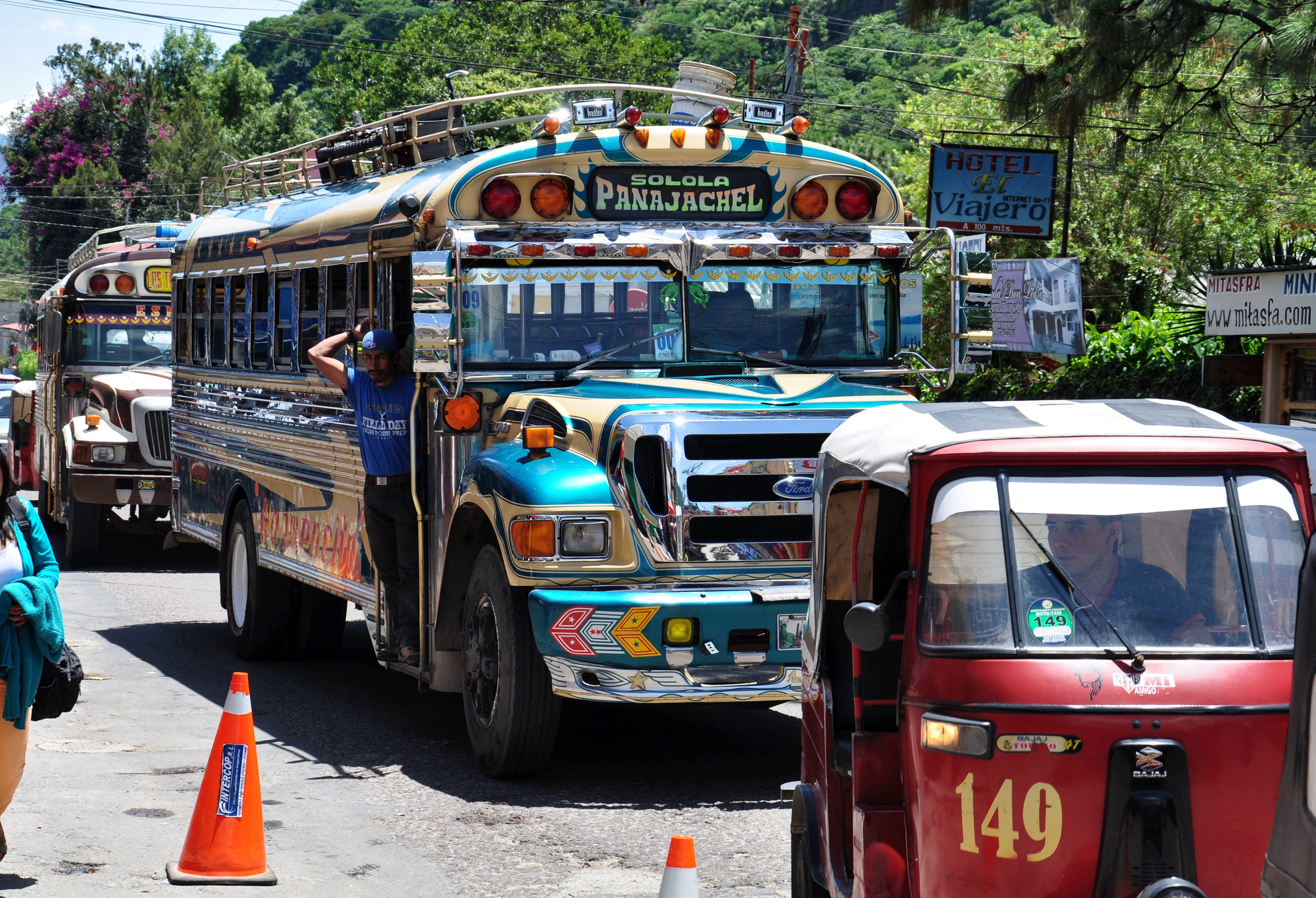
Guatemala’s colorful ‘chicken buses’ are retired American school buses that get a vibrant makeover before starting their second career in Central America. These buses are decorated with religious imagery, family names, and wild paint schemes that would make a carnival jealous—each one a unique masterpiece.
They’re called chicken buses because rural passengers often bring livestock aboard, though nowadays you’re more likely to see them packed with people than poultry.
Like Travel Pug’s content? Follow us on MSN.
Feluccas

Egypt’s traditional feluccas have been sailing the Nile River for thousands of years, with their distinctive triangular sails catching desert winds. These wooden boats catch the wind so efficiently that they can sail upstream against the current—something ancient Egyptians figured out when they realized the Nile flows north while the wind typically blows south.
This created a perfect natural transportation system that required no fuel beyond what nature provided.
Rickshaws
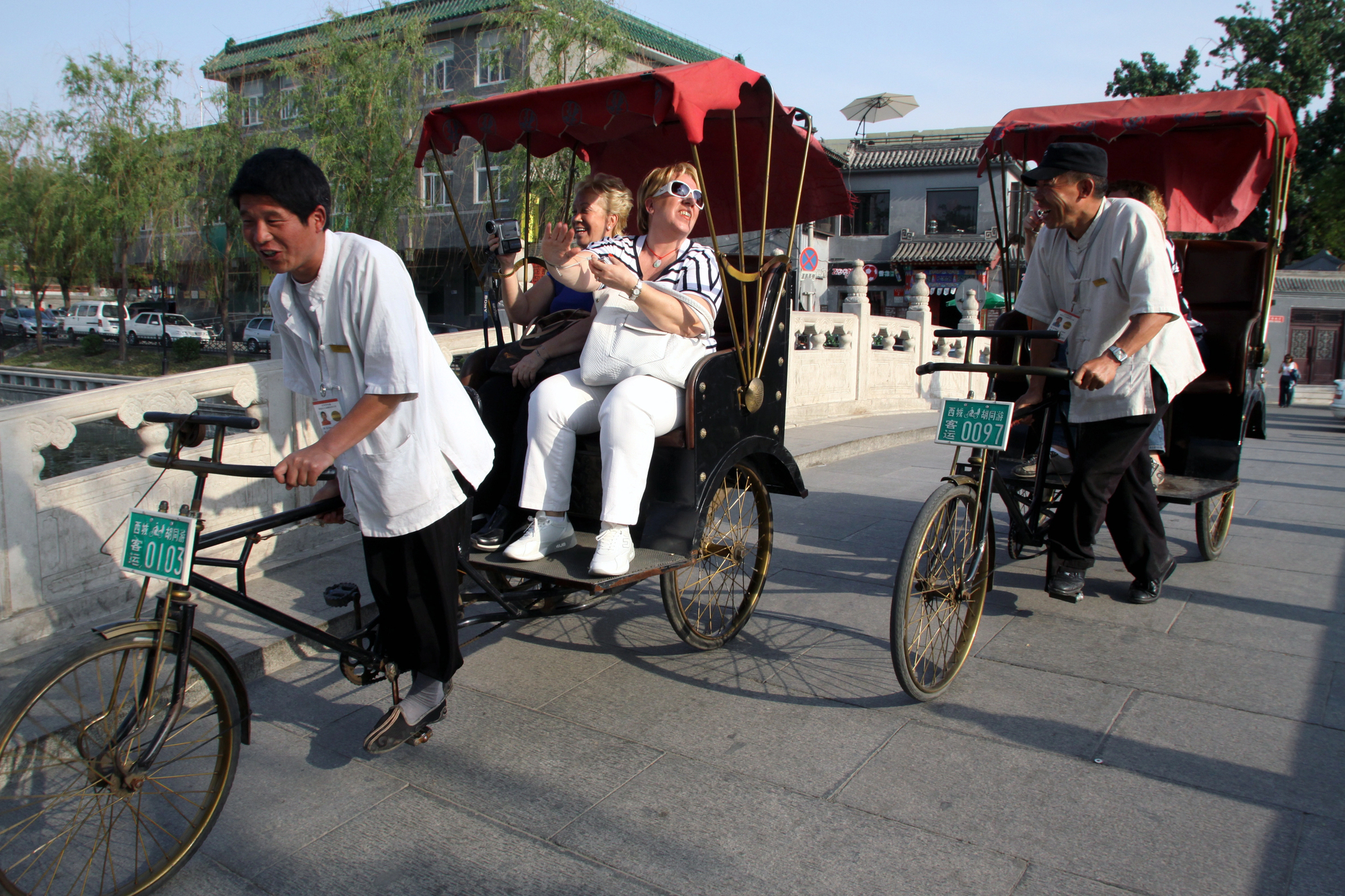
The human-powered rickshaw originated in Japan in the 1860s and spread throughout Asia as an efficient way to navigate crowded streets. A skilled rickshaw puller can weave through traffic and tight spaces where cars simply can’t go.
While cycle rickshaws have largely replaced the foot-powered version, you can still find traditional rickshaws in some tourist areas and rural regions where they remain economically viable.
Sampans

These flat-bottomed vessels have served East and Southeast Asian communities for centuries in multiple roles—fishing boats, cargo carriers, and floating residences. Sampans are designed to navigate shallow rivers and coastal waters where larger boats would run aground.
In places like Hong Kong’s Aberdeen Harbor, entire families have lived aboard sampans for generations, creating floating communities with their own unique culture.
Like Travel Pug’s content? Follow us on MSN.
Marshrutkas
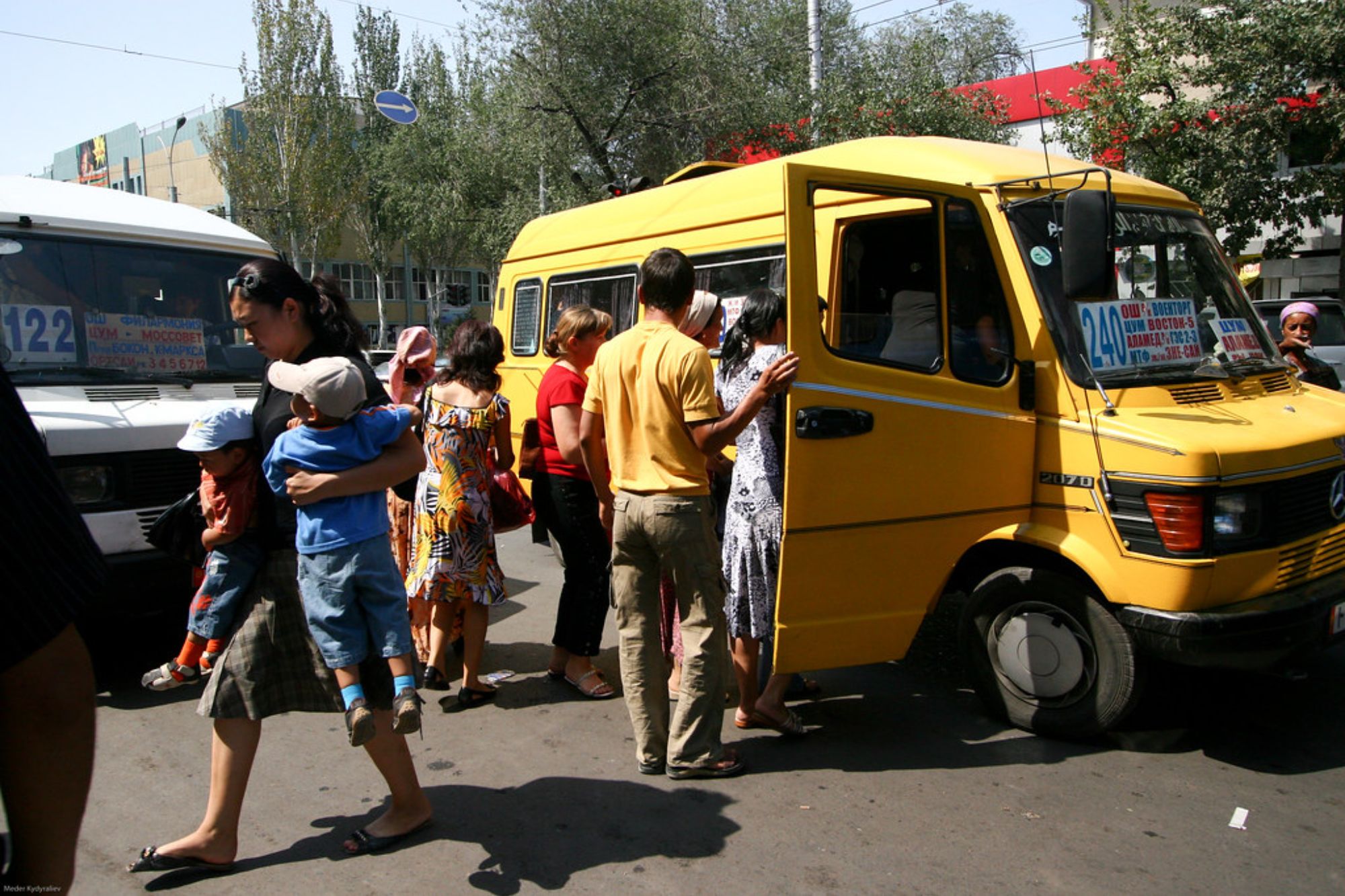
Throughout the former Soviet Union, these shared minivans serve as unofficial public transport that fills gaps in the formal transit system. Marshrutkas follow set routes but stop anywhere along the way when passengers need to get on or off.
They’re faster than buses and cheaper than taxis, filling a transportation gap that official transit systems often miss in post-Soviet countries.
Matatus
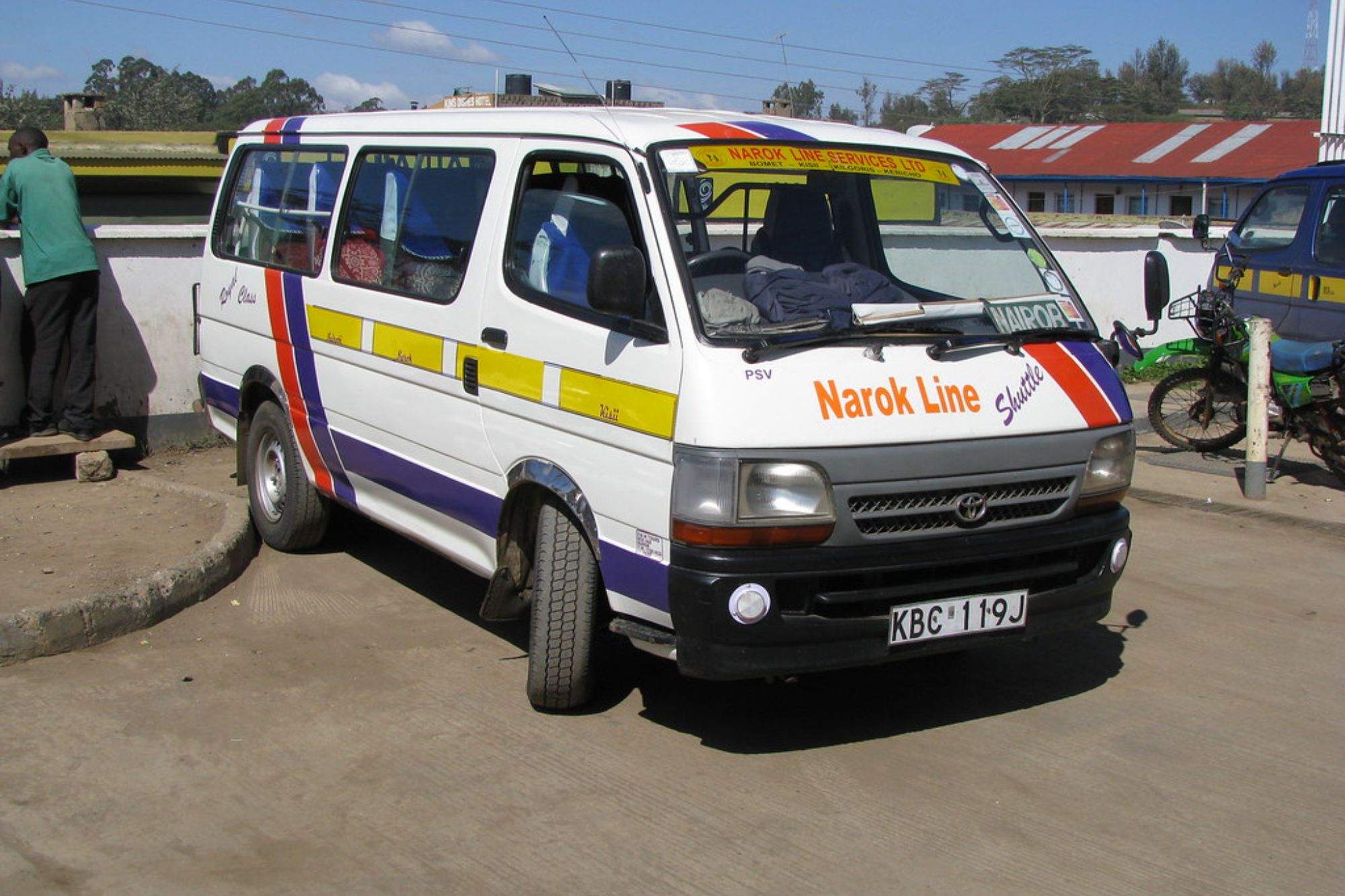
Kenya’s matatus are privately owned minibuses that have evolved into mobile entertainment centers complete with sound systems and flashy decorations. These vehicles blast music, feature elaborate paint jobs, and sometimes include disco lights and flat-screen TVs.
What started as simple transport has become a cultural phenomenon where the journey becomes as important as the destination itself.
Pousse-Pousse
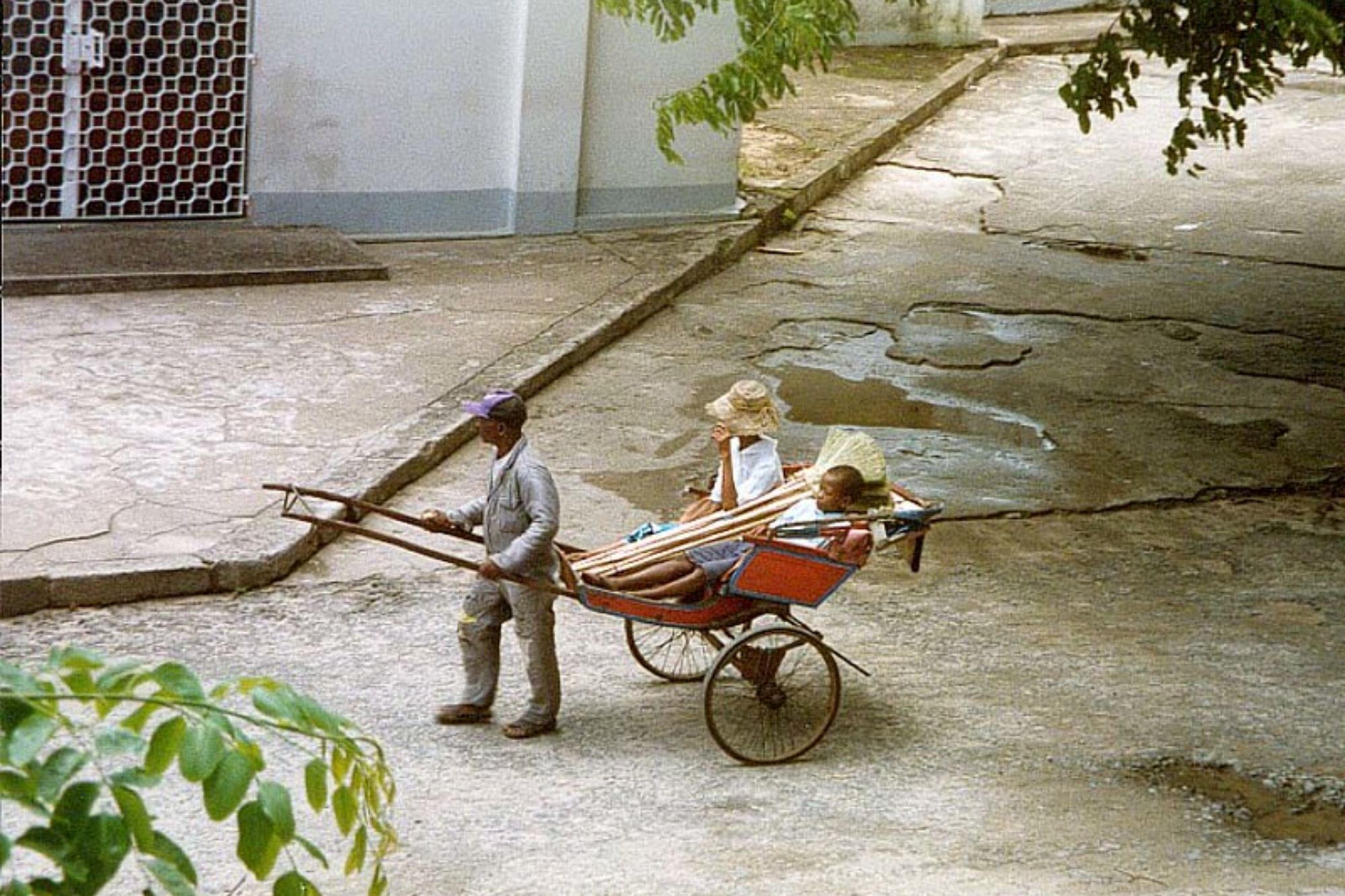
Madagascar’s pousse-pousse are human-powered rickshaws that remain a common sight in cities like Antsirabe despite the availability of motorized transport. These colorful two-wheeled carts can navigate the narrow streets and steep hills where motorized vehicles struggle with Madagascar’s challenging terrain.
The name literally means ‘push-push’ in French, though they’re actually pulled rather than pushed by their operators.
Like Travel Pug’s content? Follow us on MSN.
Longtail Boats

Thailand’s longtail boats are instantly recognizable by their extended propeller shafts that can stretch several feet behind the vessel. This design allows the propeller to be raised or lowered depending on water depth, making them perfect for navigating Thailand’s varied waterways.
The boats can zip through shallow canals one minute and cross deeper rivers the next without missing a beat.
Dolmus
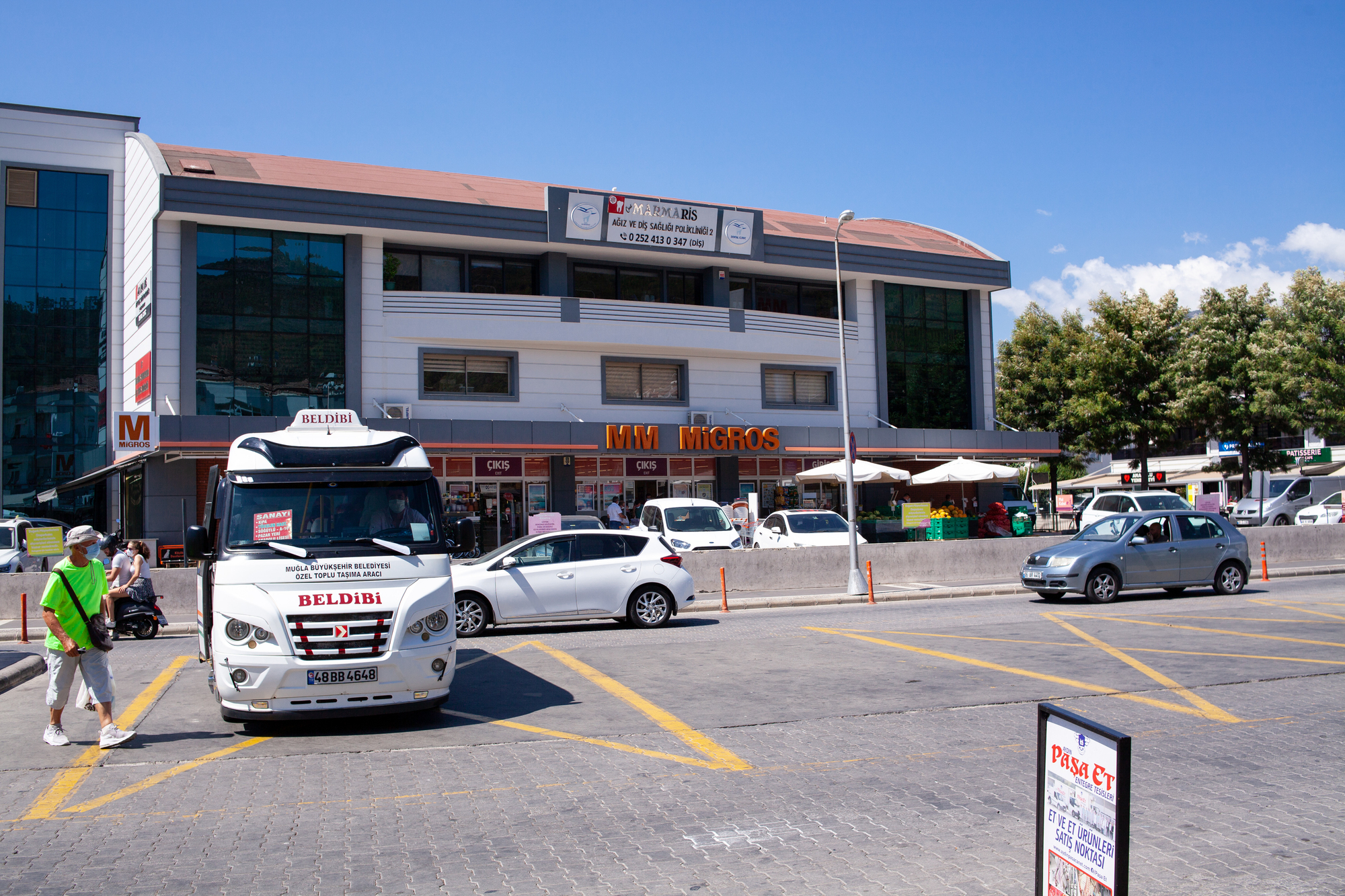
Turkey’s dolmus vehicles are shared taxis that run on set routes, picking up and dropping off passengers anywhere along the way like a hybrid between a bus and a taxi. The name means ‘stuffed’ or ‘filled,’ which perfectly describes how packed these vehicles can get during rush hour in Turkish cities.
Originally using converted cars, modern dolmus operations often use minibuses designed specifically for this type of service.
Mobile Poultry Carriers
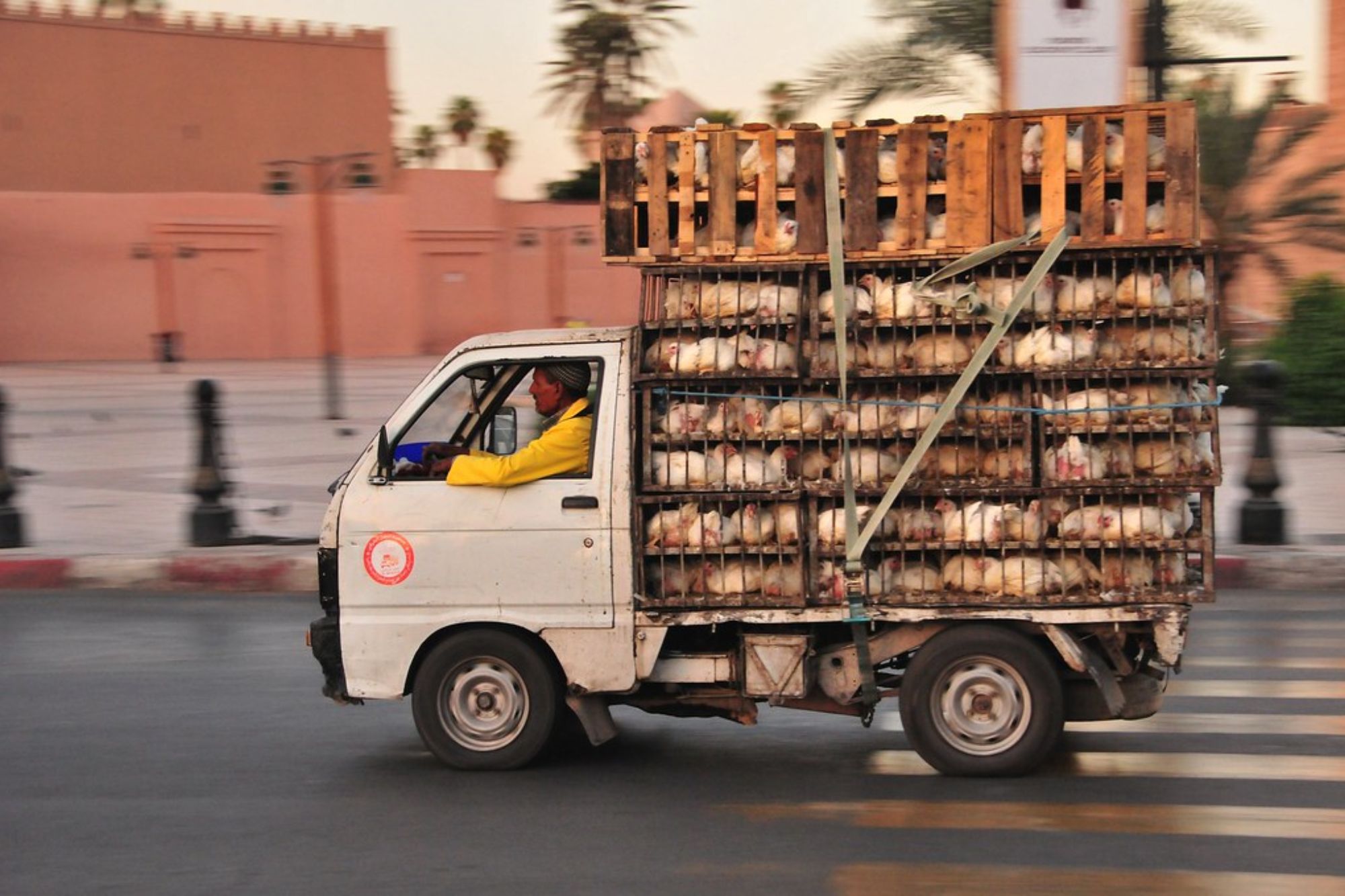
In rural parts of the Dominican Republic, motorcycles get modified with large cages to transport chickens to market efficiently. These mobile coops can carry dozens of birds while still allowing the driver to navigate narrow rural roads that larger trucks can’t access.
It represents agricultural logistics at its most efficient—one person, one bike, and a whole lot of chickens getting where they need to go.
Like Travel Pug’s content? Follow us on MSN.
Transportation Meets Innovation
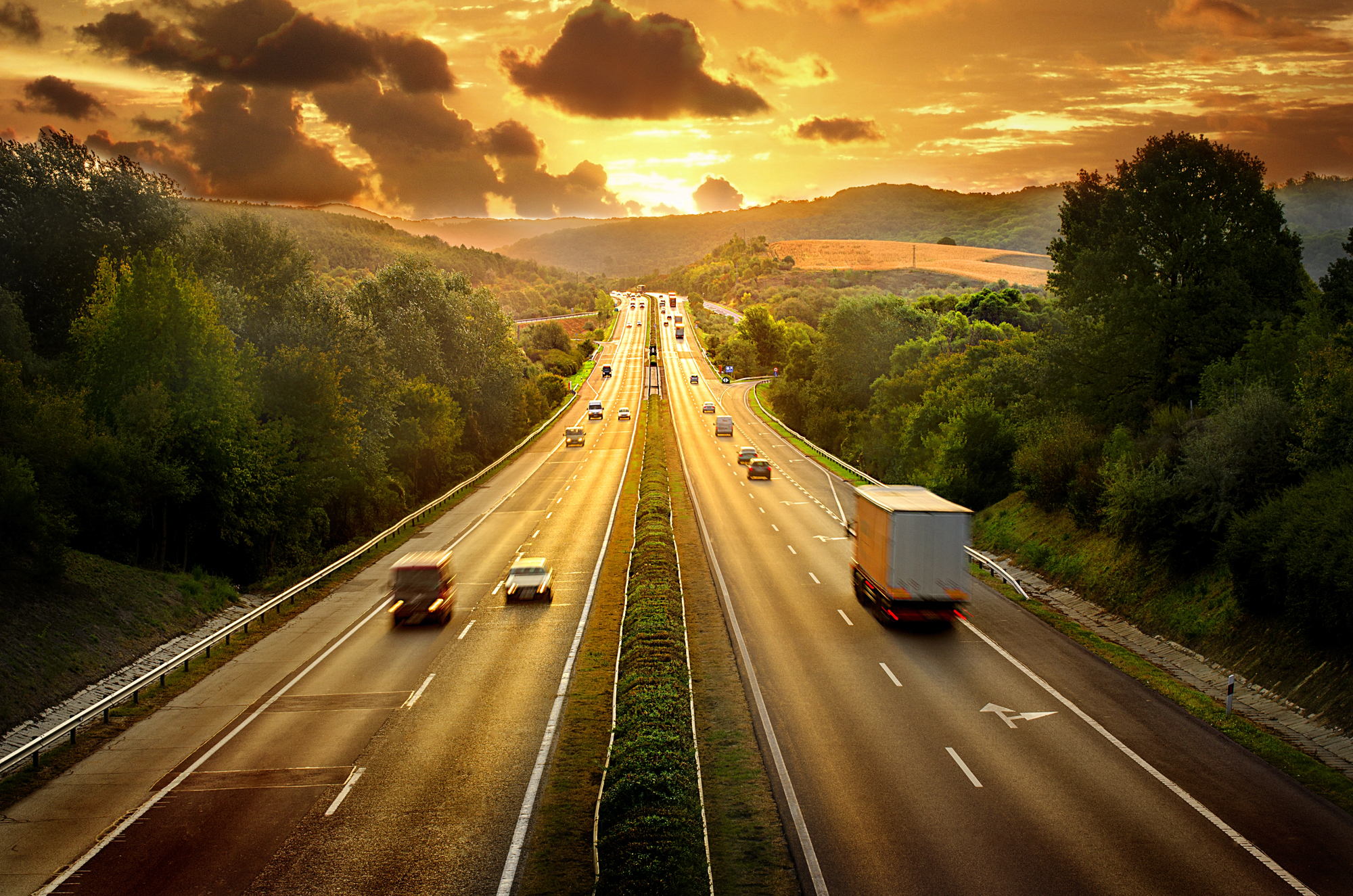
These unique transportation methods remind us that human creativity knows no bounds when it comes to solving mobility challenges across different environments. While some might seem quaint or outdated, many continue to thrive because they’re perfectly adapted to their specific environments and needs.
From the magnetic precision of maglev trains to the simple elegance of reed boats, these methods prove that the best transportation solutions often come from understanding local conditions rather than imposing universal standards. As our world becomes increasingly connected, these distinctive ways of getting around serve as fascinating glimpses into how geography, culture, and necessity combine to create truly remarkable innovations.
More from Travel Pug

- 20 Best Beach Towns in the Carolinas
- 13 Destinations Where Tourists Regularly Regret Their Trip
- 20 Destinations That Are More Magical Without an Itinerary
- 20 Underrated Adventures That Belong on Your Travel List
- 20 Cities Where You Should Just Wing It, No Planning Required
Like Travel Pug’s content? Follow us on MSN.
